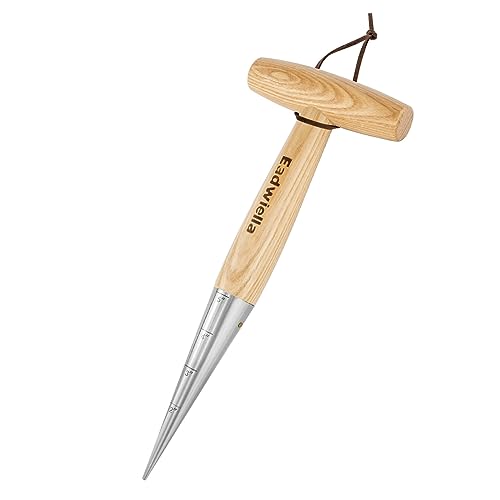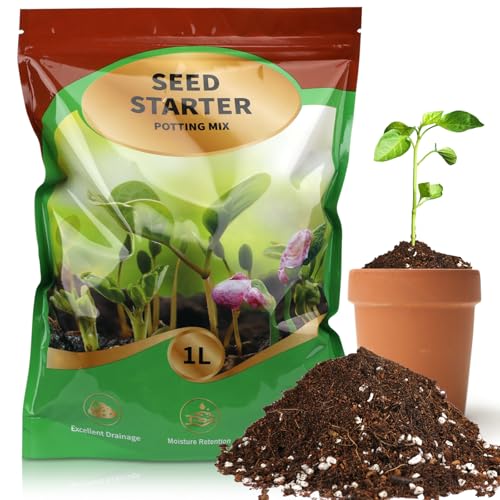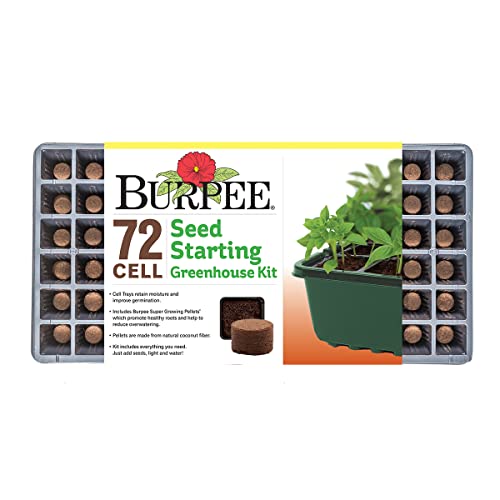How to grow marigolds from seed – a step-by-step guide to cultivating these blazing blooms
Marigolds are one of the most useful flower you can grow in your yard
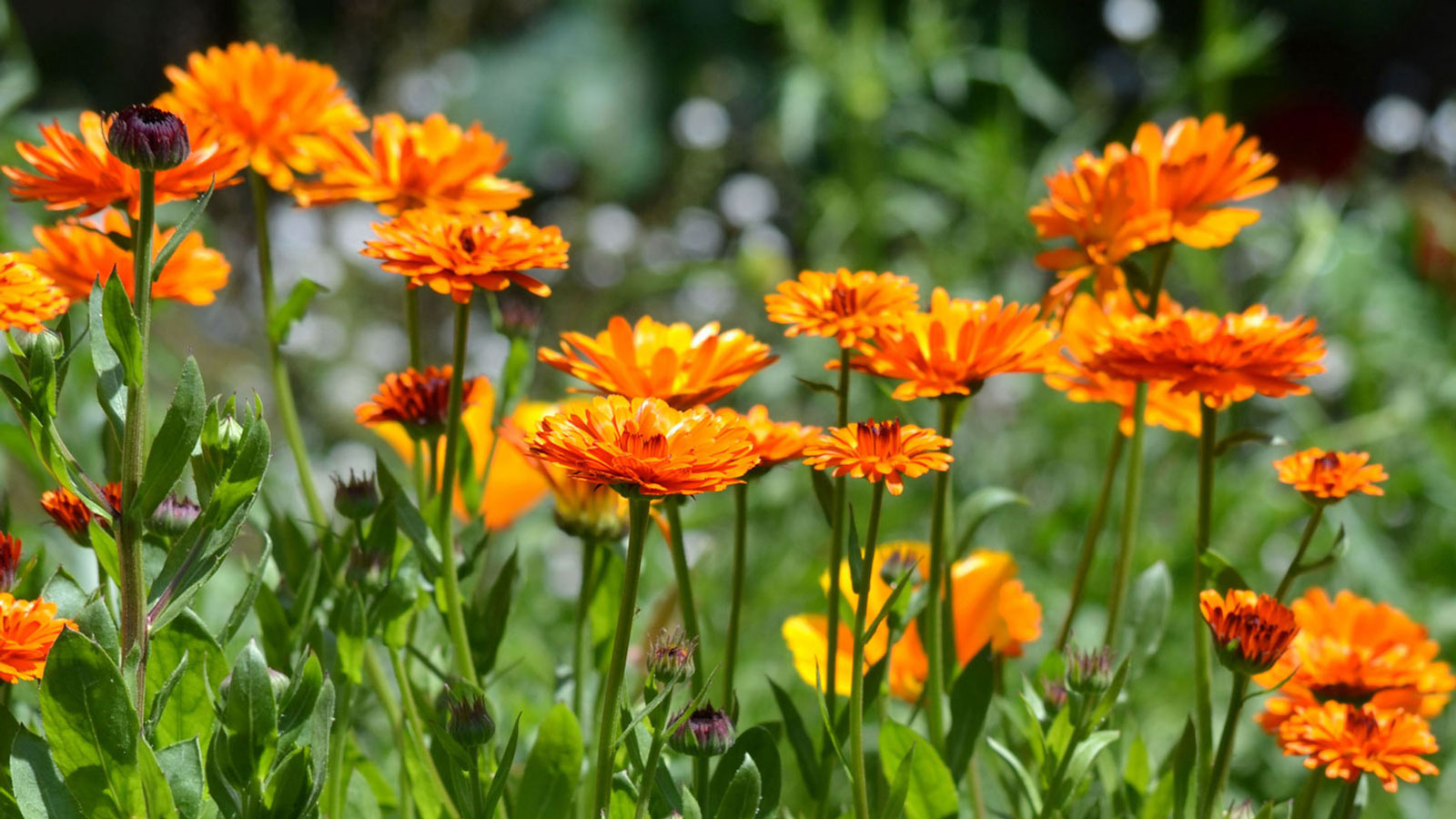

Rachel Bull
If you're wondering how to grow marigolds from seed, you're in good company. A favorite in gardens around the world, marigolds are full of color and bring a burst of summer cheer to any window box, hanging basket, planter or border. Not only popular with gardeners, they are also a favorite of butterflies and bees.
For best results, it's important to know when to start marigolds from seed indoors. With some solid growth behind them, you can plant marigolds outdoors, where they are easy-to-grow, excellent companion plants.
Marigolds are incredibly useful plants to grow in your garden. As well as adding vibrant color, growing marigolds near vegetables will keep pests away. They are especially well suited as strawberry and tomato companion plants as they are very good at protecting against whitefly. We share all you need to know about growing marigolds from seed in your own backyard.
How to grow marigolds from seed: step-by-step
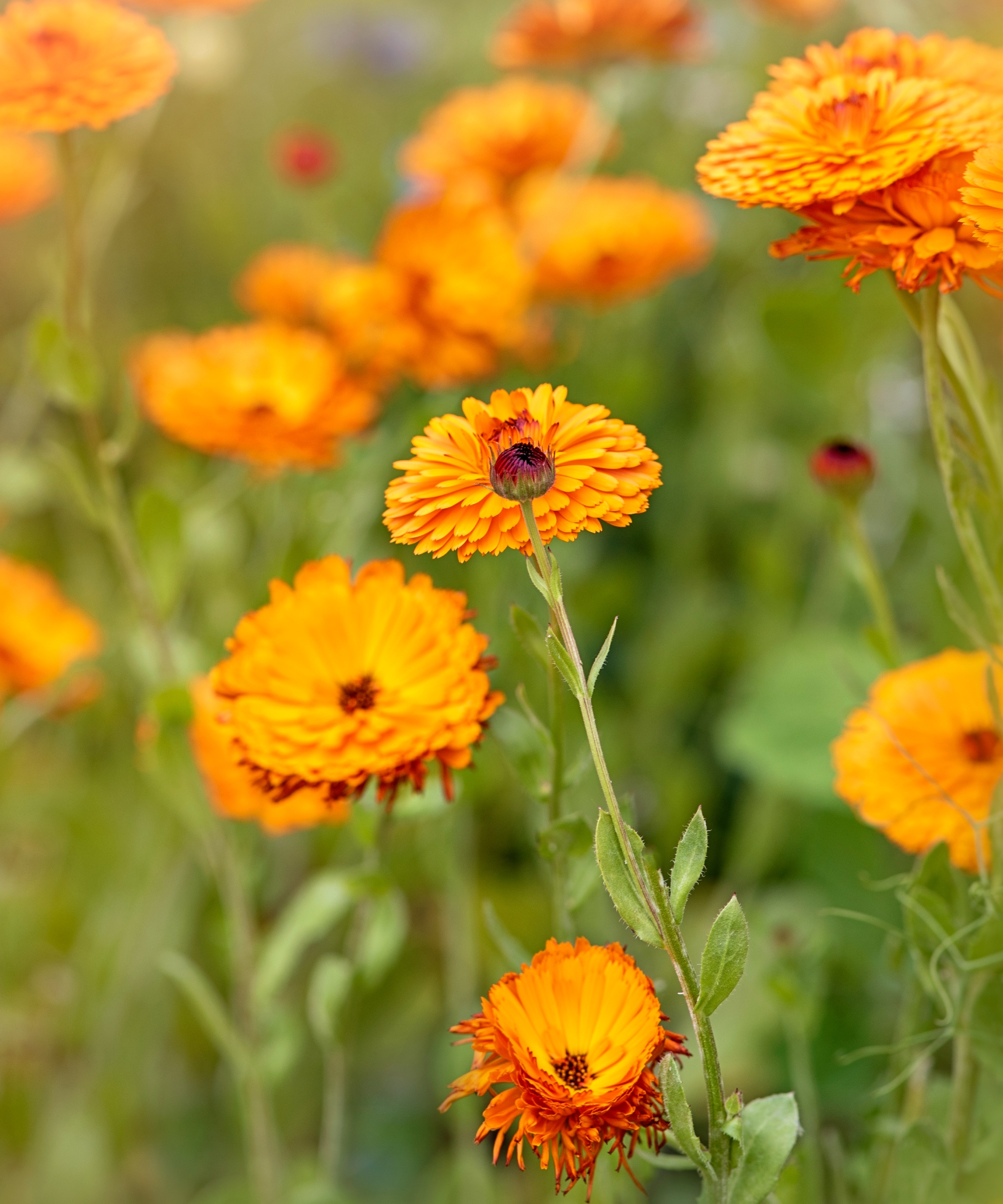
Marigold seeds are one of the easiest flowers to grow from seed. If you're sowing indoors, then you can start growing them anytime between late winter and early spring.
If you're planting them directly into a prepared bed, then wait until late spring to early summer before sowing your seeds.
Here are the key steps to follow:
- Fill seed trays or cell packs with seed compost. We love these cardboard trays from Amazon, as each plug can be planted directly into the soil.
- Press the seeds into the compost.
- Lightly cover the seeds with more compost.
- If kept at 70-75°F germination usually occurs between 5 and 20 days.
- Once your seeds have germinated, let them grow until their second, true set of leave appear. If you have grown in seed trays, it's a good idea at this stage to thin them out until they are about 11 inches apart.
- Gradually harden off before planting out after the last frosts. You can do this by putting the trays outdoors on sunny days, then bringing them inside in the evening.
- When the seedlings have reached a few inches tall, you can transplant the young marigolds to grow in pots, hanging baskets or into a flower bed.
How to grow marigolds from seed in the ground
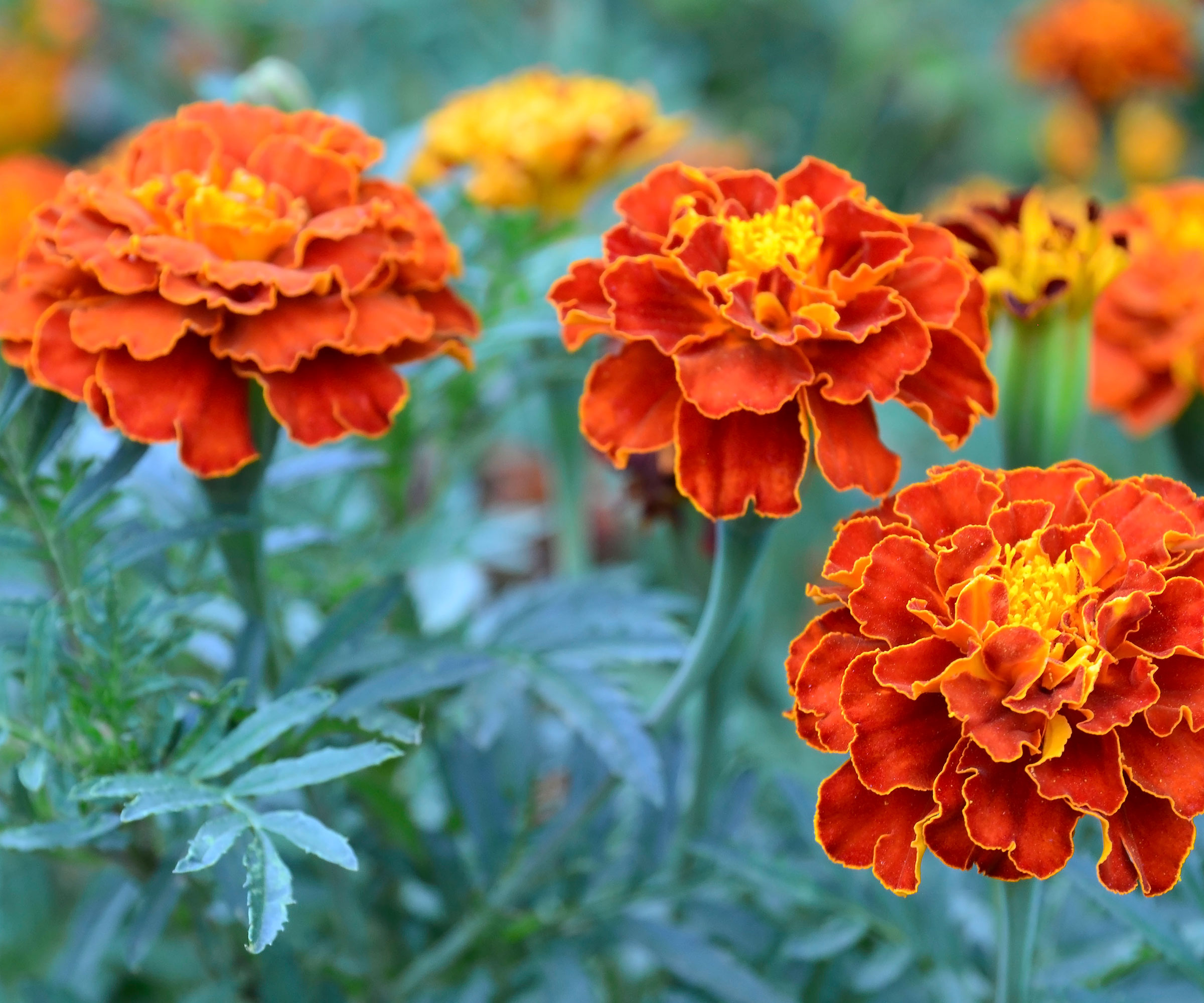
You can direct sow marigold seeds into your border, and it is very easy to do this.
Design expertise in your inbox – from inspiring decorating ideas and beautiful celebrity homes to practical gardening advice and shopping round-ups.
Being a hardy annual, pot marigold (Calendula officinalis) can be sown direct into the soil outside in March, April, or May for summer flowers the same year. Alternatively, they can be sown direct into the soil outside in August or September for flowers the following year.
Here are the steps you need:
- Make sure that the soil is free from weeds, then rake until it its fine and crumbly.
- Once the soil is prepared then create narrow rows (about 12mm deep).
- Sow the seeds into the row and cover lightly with soil.
- For optimum growth, marigolds prefer loamy soil with a neutral pH.
- Once sown, thin the seedlings to 12in (30cm) apart, protect them from slugs, and water regularly (especially in dry, hot weather).
When to plant marigolds
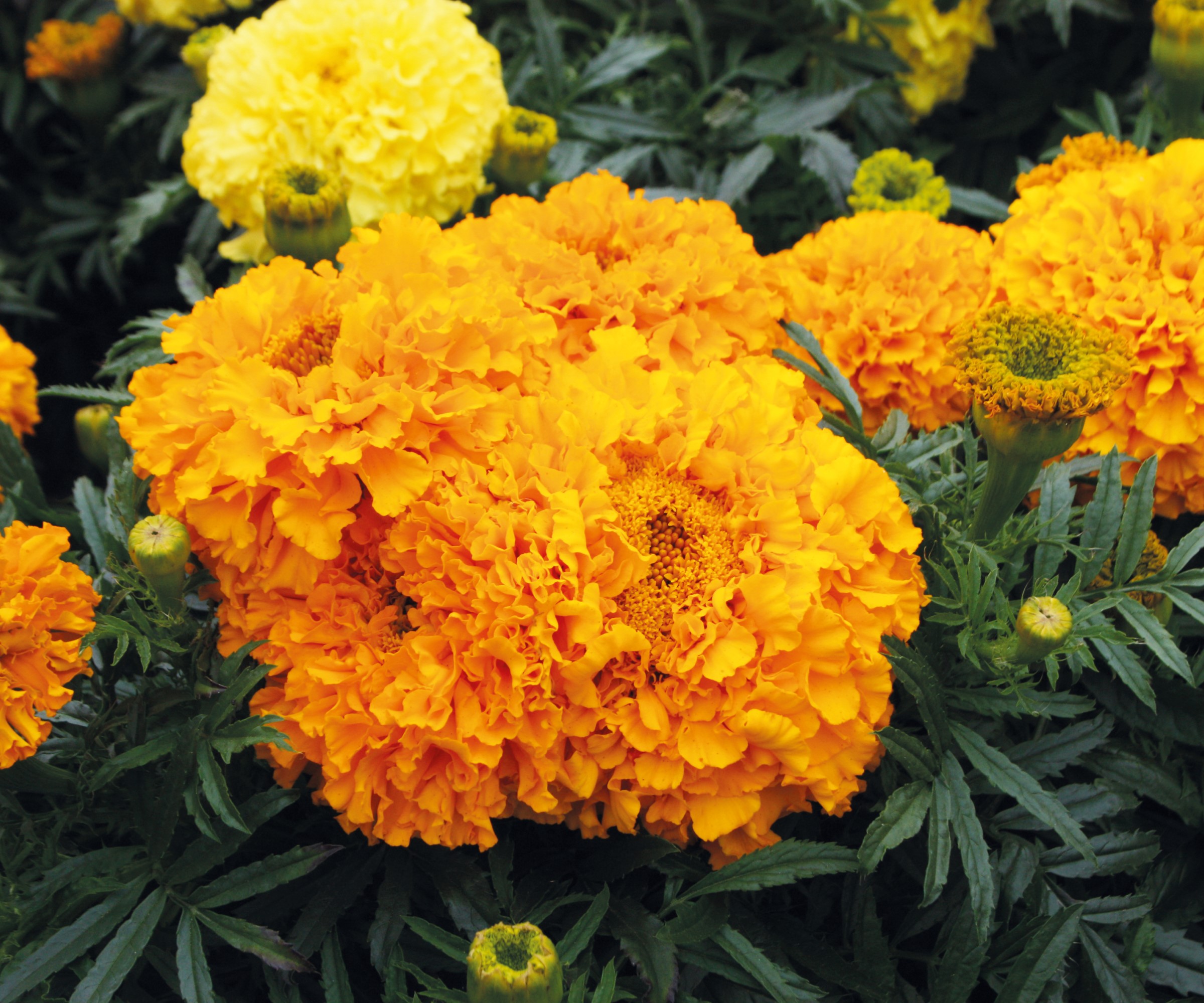
Pot marigolds (Calendula) can be bought as bedding plants from plant nurseries or as seedlings and planted outdoors in May or June. Plant in well-drained soil or containers in sun.
Buy and plant Tagetes varieties as ready-grown bedding plants in May or June, too. Use them to brighten gaps in borders, in moisture-retentive, well-drained soil in sun. Alternatively, plant them in pots or window planters.
For any plants grown from seed, harden them off before planting outside once the risk of frost has passes. You can place them in a cold frame or sit the plants outside during the day for a week covered with fleece to harden them off before transplanting.
How to harvest marigolds seeds from a flower
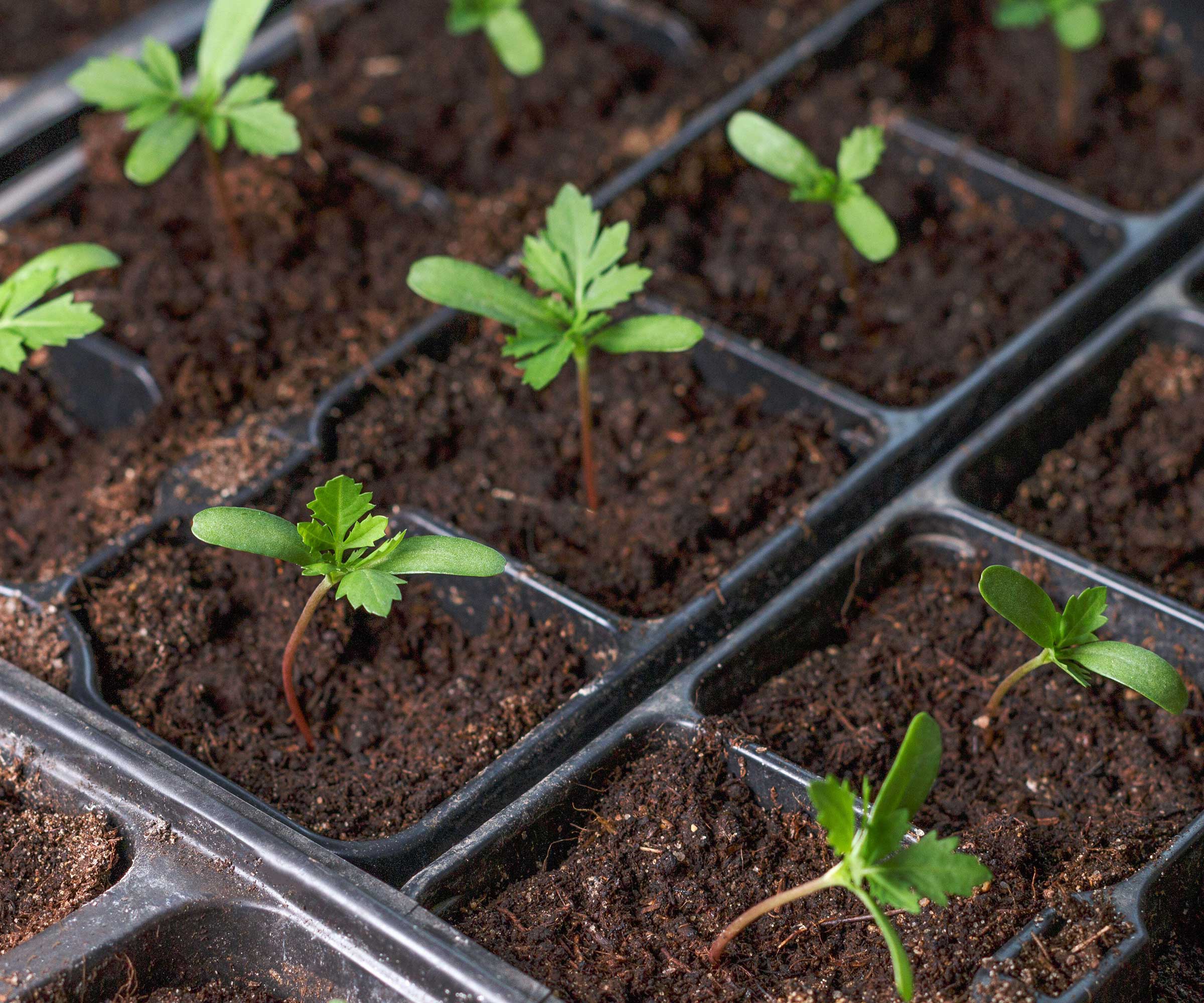
If you already have a marigold plant in your garden then you can harvest the seeds to sow the following year.
- When the marigold's petals have done dry and crispy to the touch they are ready to harvest for seeds.
- Deadhead the spent flower and then pull the petals upwards, out of the flower.
- This will reveal the seeds, which are black tipped with white tops.
- Put the seeds in a plastic container and store in the fridge to keep them fresh.
- Sow the seeds, as you would those from a packet, the following March for beautiful blooms come May.
It takes around eight weeks to grow marigolds from seed to flowering. Once they have had their first flowers, marigolds will continue to bloom for months throughout summer and into fall so long as you regularly deadhead the spent blooms.
Marigolds are such a useful flower to grow in the yard. You can grow marigolds to deter squirrels, plus they are fantastic trap plants, which will happily protect your veg crops.

Having graduated with a first class degree in English Literature, Holly started her career as a features writer and sub-editor at Period Living magazine, Homes & Gardens' sister title. Working on Period Living brought with it insight into the complexities of owning and caring for period homes, from interior decorating through to choosing the right windows and the challenges of extending. This has led to a passion for traditional interiors, particularly the country-look. Writing for the Homes & Gardens website as a content editor, alongside regular features for Period Living and Country Homes & Interiors magazines, has enabled her to broaden her writing to incorporate her interests in gardening, wildlife and nature.
- Rachel BullHead of Gardens
You must confirm your public display name before commenting
Please logout and then login again, you will then be prompted to enter your display name.
